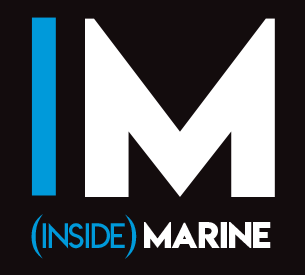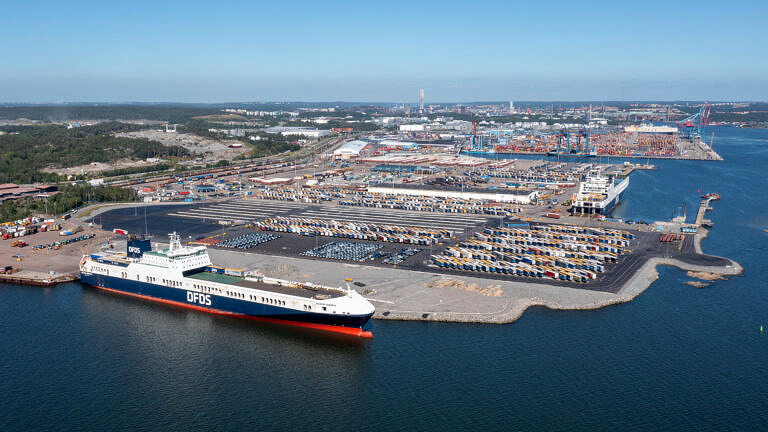A brand new 144,000 square metre port terminal has been inaugurated at the Port of Gothenburg. The investment, amounting to approximately 60 million EUR, has been under construction for the past six years and was made to meet the increased transportation needs of Swedish industry.
“This terminal began planning as early as the 1990s and then we talked about futureproofing,” said Göran Eriksson, CEO of the Port of Gothenburg. “Now that future is here, and this terminal is needed to meet the transportation needs of Swedish industry today, which are also expected to continue growing over time.”
Named Arendal 2, the terminal is also part of the port’s strategy to concentrate its terminal operations in the outer port area, further from the city centre, and with direct connections to the port’s road and rail infrastructure as well as the local growing industrial cluster.
Stena Line’s relocation
Parts of the new spaces will be used by Stena Line when the shipping company begins relocating its local operations from its current locations in the central parts of the city to the outer port area. The project has included preparations regarding filling, channelling and water purification for a future ferry terminal.
“It’s still a long way off, but the construction of this terminal has certainly taken Stena Line’s relocation into account,” said Eriksson. “Stena Line will use parts of the new terminal area, while other adjacent terminal areas can also be made available in the relocation process.”
Circular thinking
In the construction of Arendal 2, 180,000 cubic metres of contaminated materials from dredging in the Göta River have been encapsulated. These materials have been contained, stabilised and solidified to form the foundation of the terminal area, which has then been asphalted.
“We have hit two birds with one stone here, where we have both managed to clean the river and dispose of dredging material locally without unnecessary transportation,” said Eriksson. “This has been done in a safe and environmentally friendly manner under a strict control programme. The goal of reusing as much material as possible has been very successful in this project.”
A more competitive port
Already, large parts of Arendal 2 have begun to be used by the terminal operator Gothenburg Roro Terminal, which previously had its operations divided between two different adjacent areas. With Arendal 2, the terminal operator gets a larger contiguous terminal area with more accessible hinterland to the important berths 712 and 713.
“Overall, Arendal 2 is a solution where the involved actors get even better conditions to conduct their respective operations while the Port of Gothenburg as a whole is further optimized and becomes more competitive,” concluded Eriksson.
You can read more of the latest from the world of Marine here.


